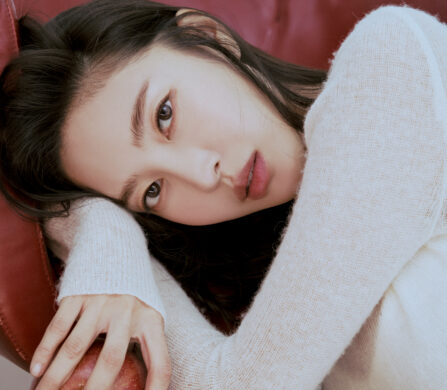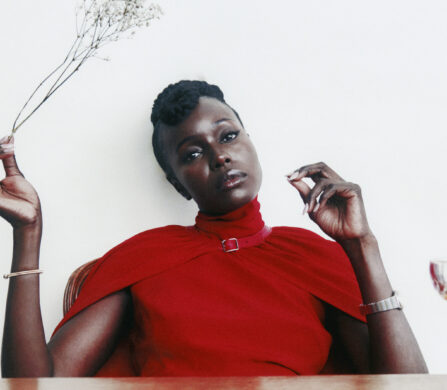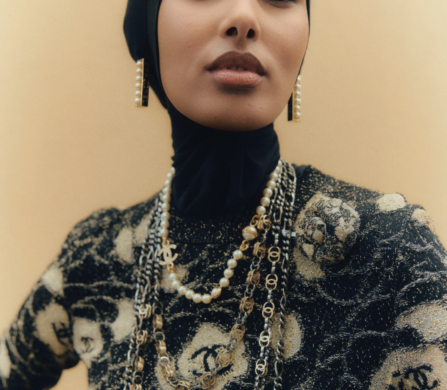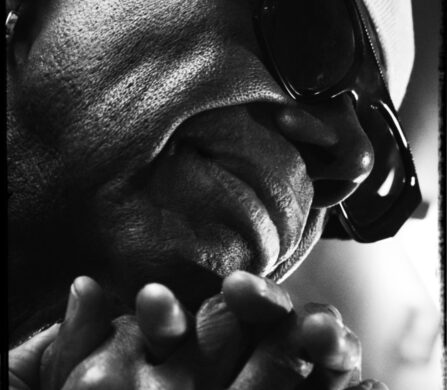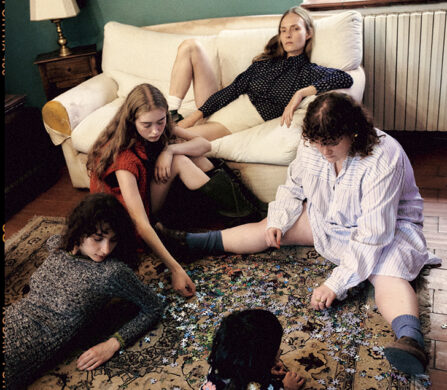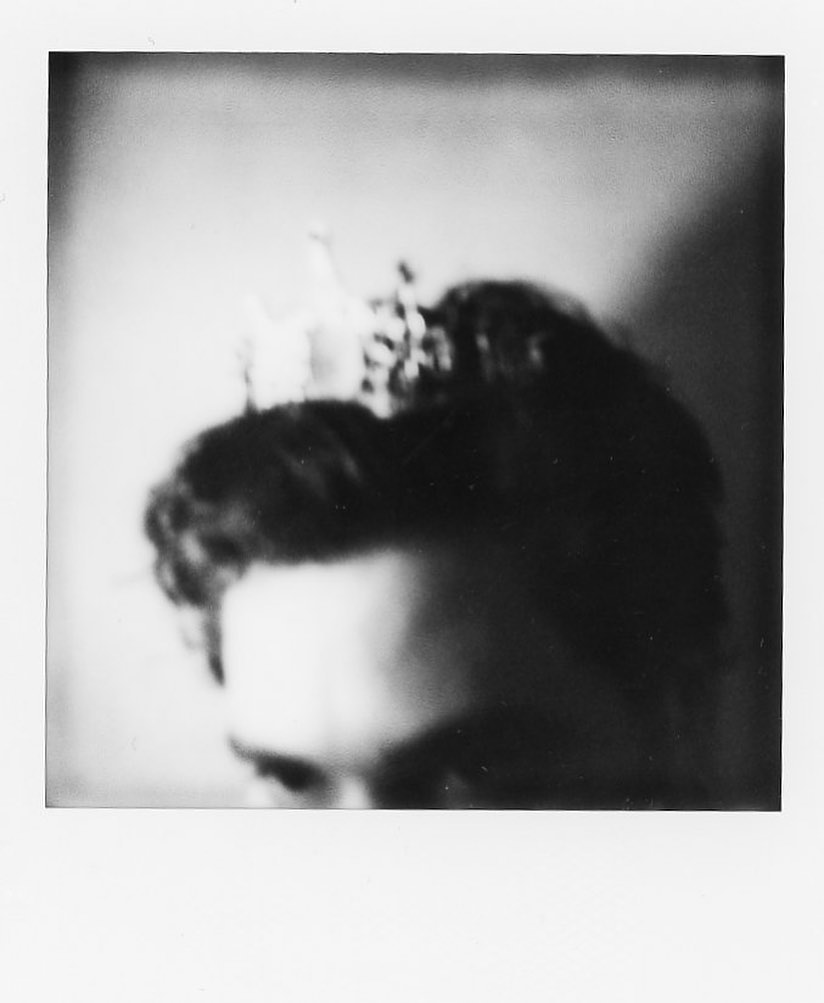
In a world where every click captures a moment, photographer John Armour has managed to do something extraordinary—transform photography into an art form that resonates with emotion, identity, and the unexpected beauty of life’s imperfections. A lifelong lover of photographing everything, it took him until his 3rd year at university to begin experimenting with photography. He explores the human form and how it works alongside human emotions, diving into sexuality, gender, personal identity, and desire.
After photographing models and actors like Daisy Edgar-Jones, Robert De Niro, Jamie Foxx, Rita Ora, and Madeline Petsch to name a few, he now embarks on his next endeavour: his first solo exhibition. Armour takes Schön! on a journey through his career so far, offering insights into his creative process and the unique genesis of his first ever exhibition, DISTORTIONS, happening on 15th of September at MKII in London.

Can you tell us about your background in photography and how you got started in this field?
When I was growing up I loved instant cameras. I used to direct my friends and take their photographs. I have photos somewhere of my friend Rachel and her little sister being Victorian children in the woods. My first editorial. I also used to set up my Christmas presents for some “still life” shots. I was so impatient waiting for the roll to be developed.
Then, in high school, I really wanted to be a YouTuber. I begged for an SLR for Christmas and by the time Christmas came I didn’t want to be a YouTuber anymore so instead, I started doing shoots with my friends and taking it to Lady Gaga concerts and taking really zoomed in, blurry photos. There’s a (now private) album on my Facebook where I covered myself in a bed sheet and I basically squirted myself with loads of poster paints in the back garden and took these self portraits. I had so much fun and I remember thinking the photos were insane. I think this was probably the start of me really enjoying experimenting with a camera.
Then, after a few trial and error careers, like working on the Nerf Gun counter at Hamley’s for a bit, I studied Fashion Styling and Production at London College of Fashion. I was doing bits of styling work and creative producing, but I was becoming really frustrated when the images weren’t what I had in mind. I kind of wanted to take the camera off the photographer and frame up myself. Then, during lockdown, I had a zoom lecture about photography and I came away feeling really inspired. I had a bit of spare cash from my furlough, so I bought a Fujifilm X100F. The day it arrived me and my flatmate went for a walk and took some photos, I didn’t have a clue what I was doing but it just felt really right having a camera in my hands. From there it really just spiralled. I started booking portraits and events. Then one day I was just like… Oh, I think I’m a photographer now.
What kind of photography do you specialize in, and what attracted you to this genre?
This is actually something I’ve really stressed myself out about over the past year. I’ve been really unsure how to define myself. I love shooting portrait, I love shooting events, I love my personal fine art projects. Last year I was really lucky and worked shooting stills on four movies, and I shot a poster for Lionsgate. I really thought that was it and I was going to have a career as a stills photographer, but I was really torn because I didn’t want to step away from my love for fine art and portraiture. So, I tried to infuse my own style into the stills work and develop a ‘style’ that can span across all genres, rather than specialize. I’m a big Hockney fan. He’s mad versatile and doesn’t stick to one style and he’s one of the most iconic artists of all time and he just really does whatever feels good and right. I’m really hesitant to pigeonhole myself because I just want to try it all – especially so early on in my career. I’ve only been doing this for two years – I’m still having a ball and trying everything out.
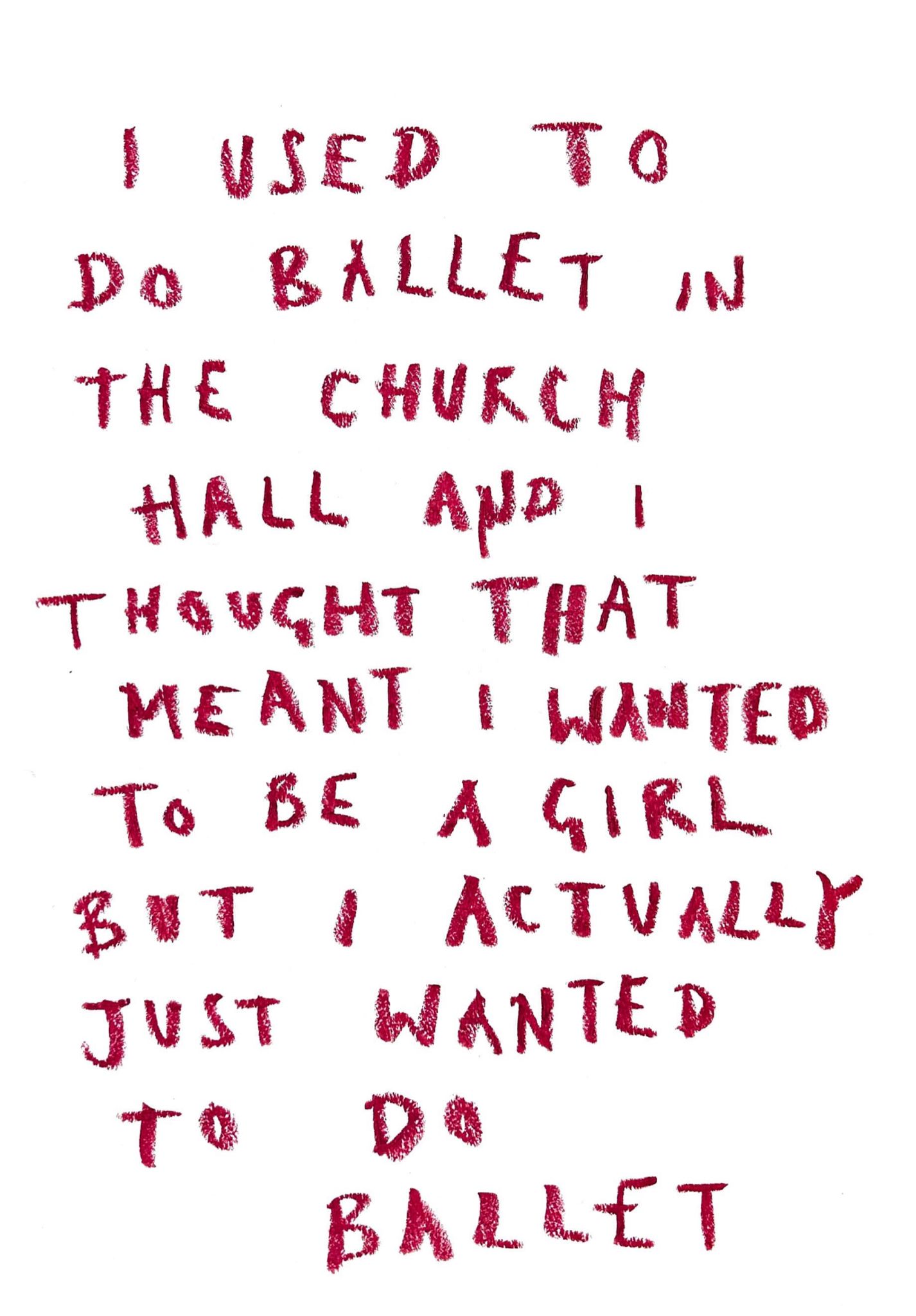 Can you describe your creative process from conceptualisation to execution for a typical photography project?
Can you describe your creative process from conceptualisation to execution for a typical photography project?
Without trying to sound like too much of a dick, my process is really organic, Usually the concept evolves as I work. I shoot what I love, what I see, and what I feel, and often, the concept emerges from that. But this show really is the first time I’ve truly solidified a concept. My previous work was more about capturing a mood in one moment. This is an entire collection and I wanted it to flow and feel seamless.
For this exhibition, I spread out a load of my work on the floor in the flat. I looked for recurring themes, which often reflect what I’m going through or feeling when I’m shooting. The model’s vibe also significantly influences the shot. I don’t like to overplan; I prefer things to happen naturally. It’s very much about the collaboration between me and the subject, and the concept emerges from that synergy.
What do you think makes a photograph stand out and resonate with viewers?
I love the idea that photographs are little windows into a moment, capturing a millisecond that lasts forever. When I look at a photograph I want to feel like I’m right there in that moment. I can only hope people feel like this when they look at my work – what somebody takes away from it is entirely personal and can vary from person to person; not everyone will resonate with the same images or experience them in the same way.
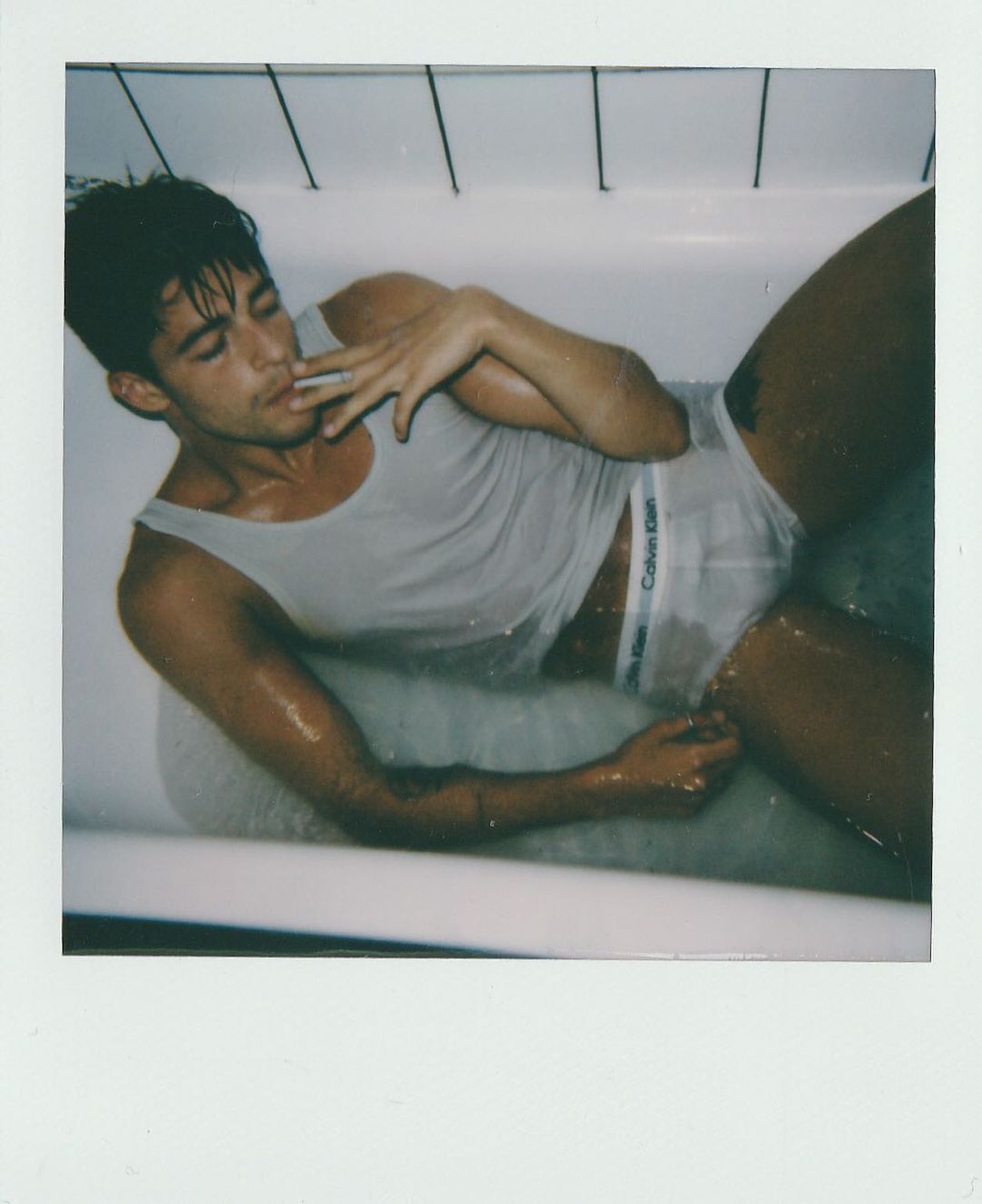
Could you share with us the origin story of the DISTORTIONS exhibition? How did a camera failure lead to the creation of this unique series of photographs and mixed media art?
I was actually shooting this great guy, Adam. He’d never been photographed before and the outcome of the shots wasn’t too important to me, I just wanted him to have a good time and enjoy the experience. Then I take out my Polaroid to shoot some portraits and when I put the film in it just ejected the entire pack. Film is mad expensive so I was pissed but trying to keep cool around Adam so I just threw the discarded film into my backpack and carried on shooting with my digital.
When I got home and took them out of my bag to throw away, I realised they were beautiful. These really interesting blurry distorted strips of light and shadow. I was actually mind blown – and they genuinely felt like a reminder that things go wrong and feel like a fuck up, but actually fuck ups can be mad beautiful and exciting. This genuinely resonated with my entire life at the time it happened. I was really confused about what I was doing, where I was going, who I was and this really grounded me. Which sounds and feels a bit airy but genuinely I thought, wow – this moment, these photographs – these were sent to me and were well worth my twenty quid.
DISTORTIONS explores the interplay between gender and personal identity. How do you delve into these complex themes through photography?
I wanted to use my own experiences and the experiences of my subjects to capture intimate, on the nose images of masculinity, femininity, and play. I really didn’t aim for complexity; in fact, I wanted the work to feel simple and visually pleasing. The goal was for viewers to look at it, take what they want from it, and not overthink it. Some of it is really sexy. Some of it is really tender and personal. Some of it is both. Just take away whatever you feel from it.
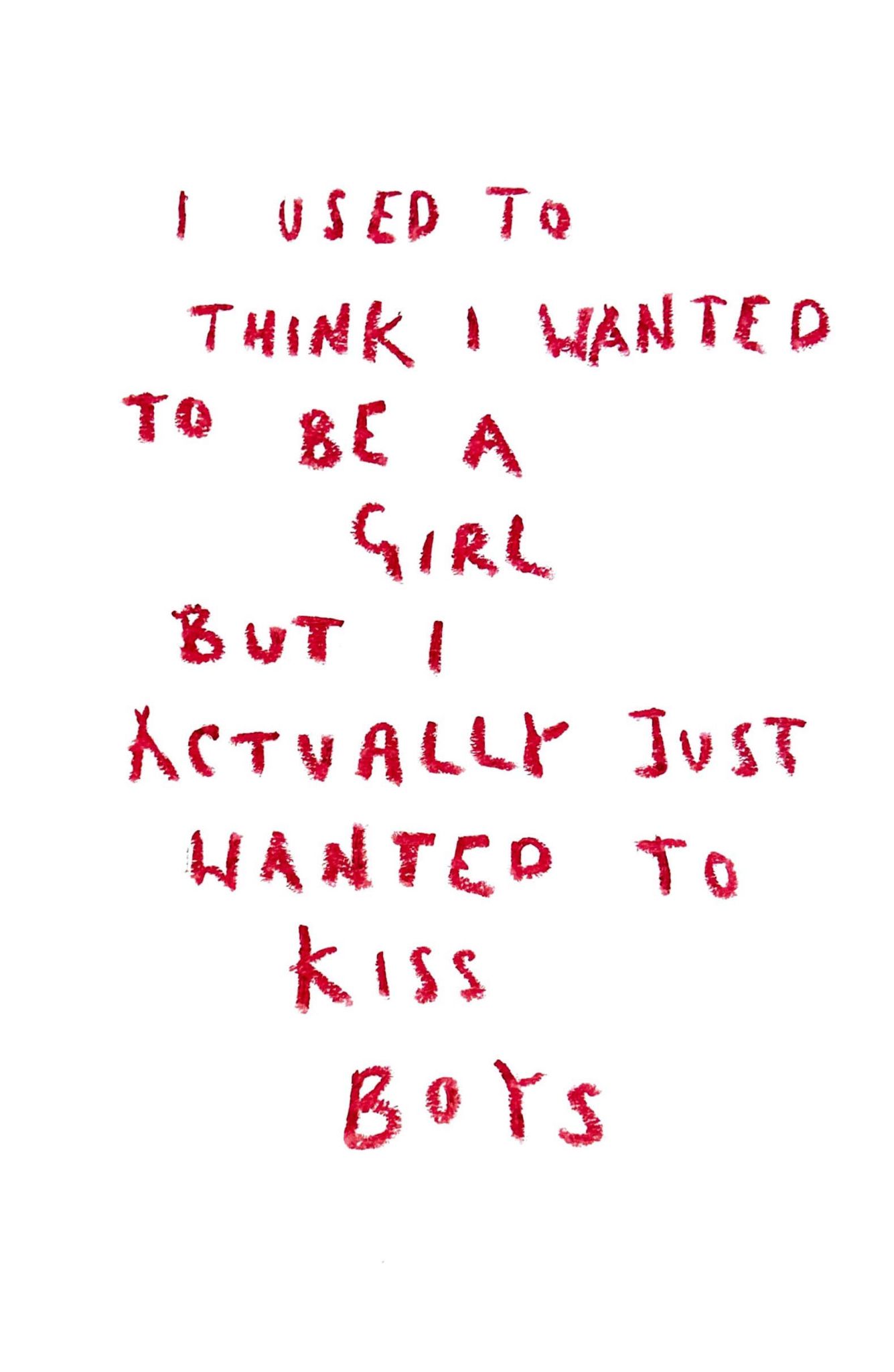
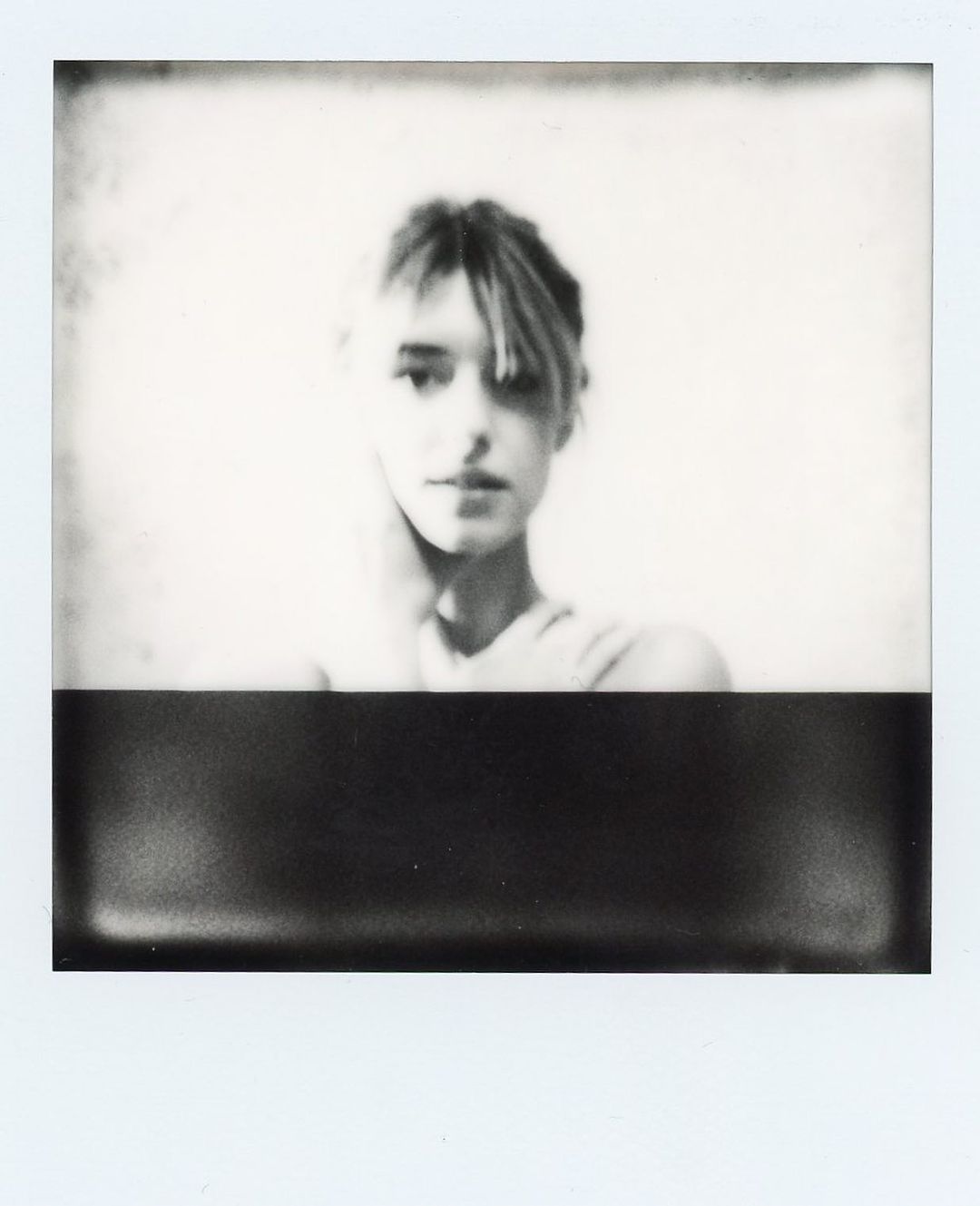
The exhibition showcases mixed media pieces that incorporate lipstick and pencils, symbolising desire, femininity, and play. How do these elements enhance the viewer’s understanding of the themes you’re exploring?
This was literally all about having some fun. I’ve always been really fascinated with lipstick. To me, it’s like the epitome of femininity and desire but it’s always been confusing and sad to me that I couldn’t be a part of ‘lipstick’ because I neither really ‘wanted’ to wear it and I was never really ‘attracted’ to lipstick. So why was I so fascinated by it? I remember shopping with my friends as a teenager and one of them buying “Velvet Teddy” from Mac and I was so interested and confused at why I was so interested.
A couple of months ago I was in a department store and I found myself looking at the lipsticks and I thought ‘fuck it’ I’m going to buy one. I’m an adult and I can buy what I want. I actually bought two fun pink shades. I didn’t know what I was going to do with them, but I love the idea of lipstick so why don’t I just try it and see how it feels. So I did, and they both looked fucking awful. I think I actually just bought shades that really didn’t suit me.
They went in my bedside drawer and I forgot they were there until one night when one of them caught my eye and I just had this idea – I literally grabbed a piece of paper and used it to start writing. I did the ‘This Lipstick Isn’t My Shade” piece first, and for the next hour I just kept writing until they were both completely run down. All of this stuff just came flowing out and it felt so freeing and exciting to get all of these feelings off my chest and write them down with this object that I was so excited and confused by. I was just thinking maybe the lipstick wasn’t for me to wear but just for me to feel like I could buy and enjoy in any way I wanted to – and that ended up being through creating these pieces. Something about it just felt amazing to me; playing with the idea of femininity and masculinity and play just felt so rewarding and deeply personal, I feel like that’s reflected in the content. I just wanted to have some fun. I hope that comes across and people have some fun looking at them.
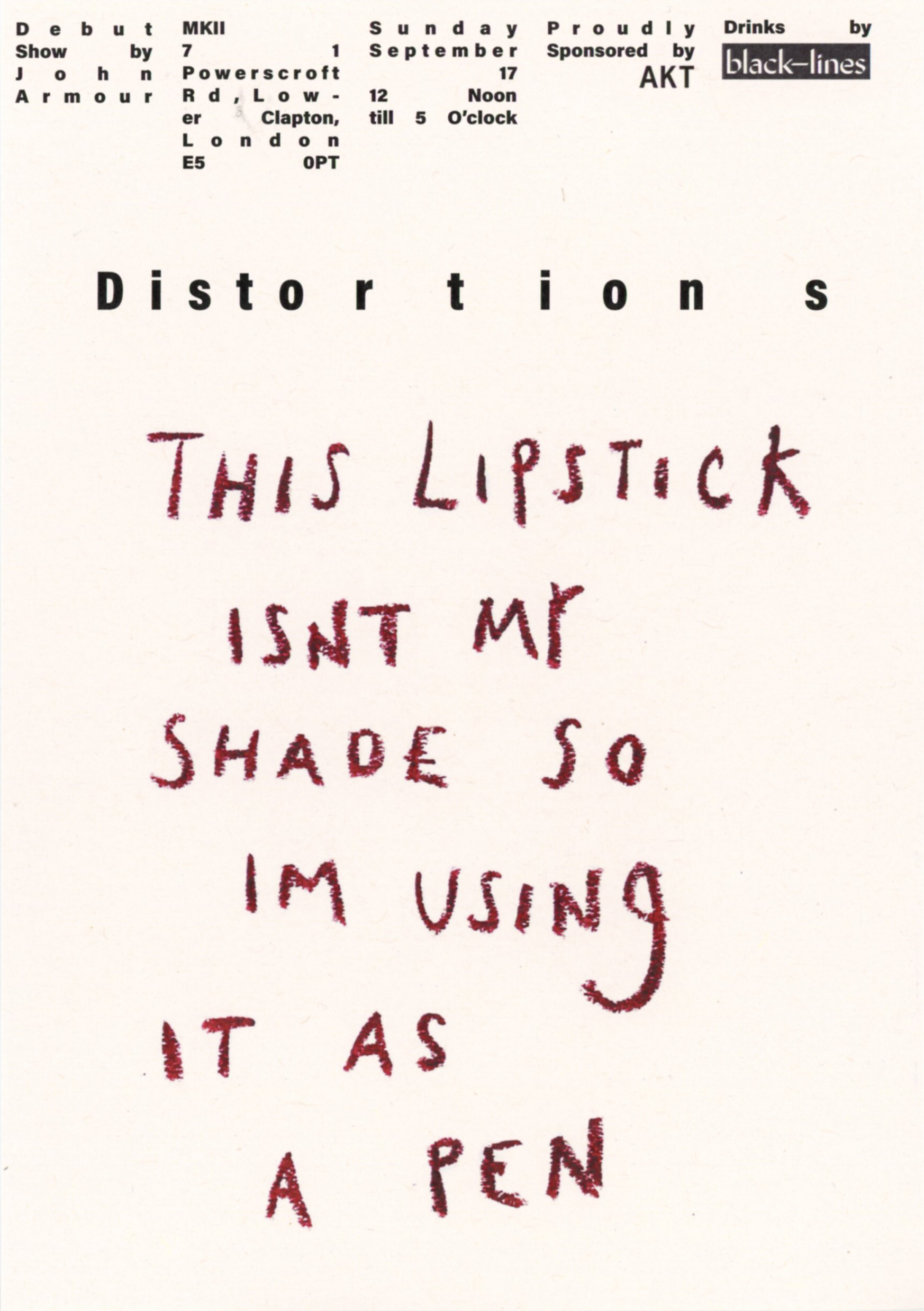
Distortions is on view at MKII on 17th of September 2023 from noon to 5pm.
photography + art. John Armour
words. Alper Kurtul














